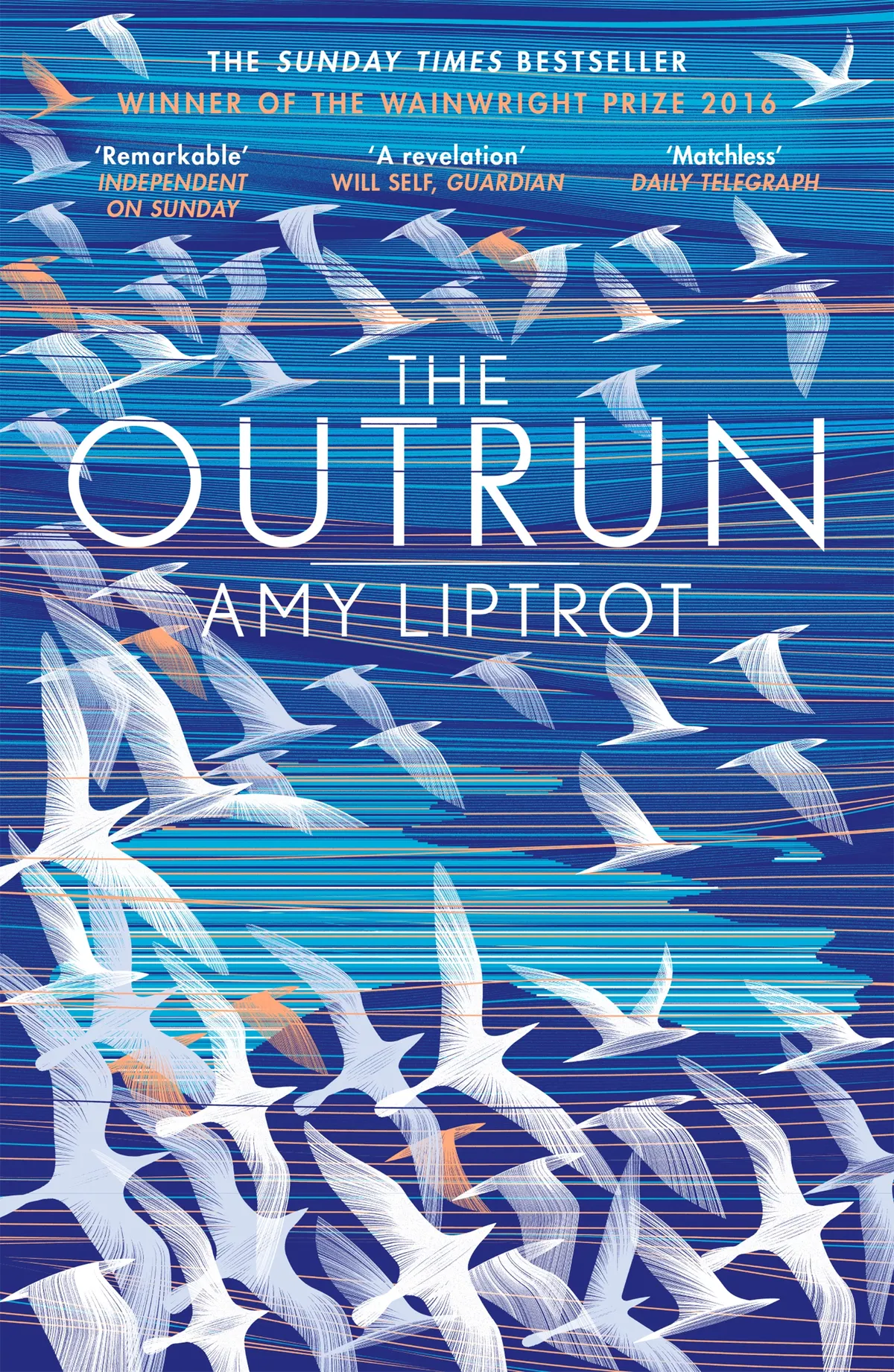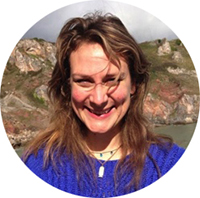I grew up on a sheep farm on the west coast of Orkney, edged by cliffs, home to seabirds and exposed to the wind. When I was a teenager I couldn’t wait to leave but after a decade or so living in the city down south, I returned to the islands and found that trying to understand and observe the tides, skies and wildlife was rewarding and helped me in healing some personal problems.
Swimming is my favourite outdoor pastime – preferably in the sea but also in rivers and lochs. In Orkney I swim year-round with the Polar Bear Club at a different spot around the island, depending on wind direction and height of tide. It’s always cold but also glorious and I find it an effective means of stress-relief and celebration, as well as providing a chance to watch wildlife and experience a bit of a high.
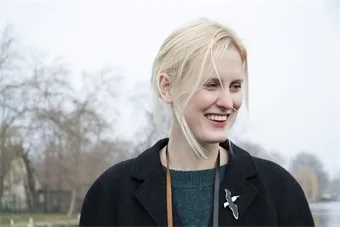
I was lucky enough to grow up on a farm and have vivid sensory memories of watching oystercatcher and curlew chicks, running in hayfields and sliding among seaweed. It’s sad if other kids don’t get to have similar memories.
My first book, The Outrun, is very much about place – in particular, the small Orkney island of Papa Westray, where I lived when I wrote it, and also ‘the outrun’ itself – a coastal stretch of land on the farm. I have been able to see how much the landscape of childhood, both geographical and emotional, influences the psyche.
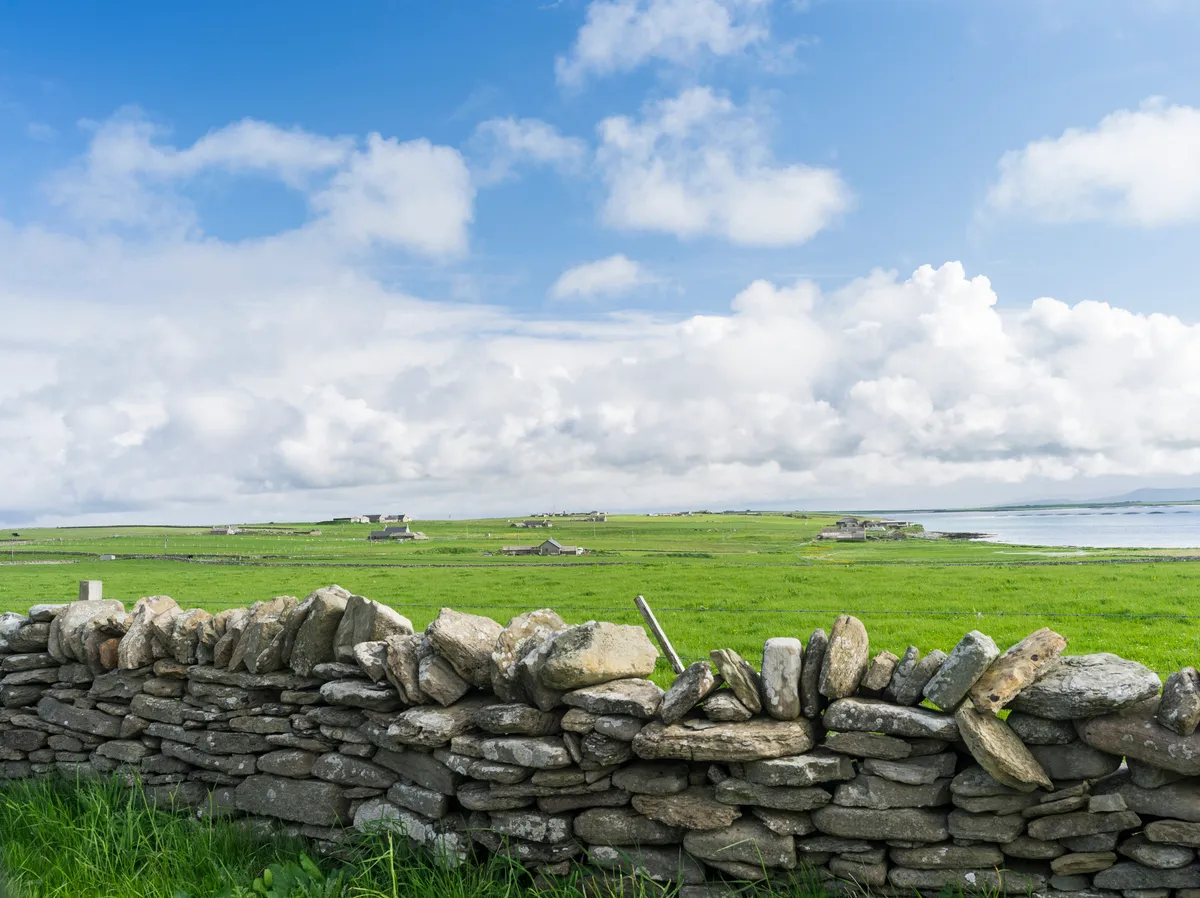
The North Hill RSPB reserve on Papay is a wonderful place that takes up the north third of the island. I like to walk there in winter, when I never see another person and where, once over the highest point, you can’t be seen from any houses. At the tip of the island, there is nothing but sea between me and the Arctic and I feel wild and free.
My proudest achievement is getting sober. I returned to Orkney after I got out of rehab in London and I’ve not had a drink for more than five years now, which is closely intertwined with writing a book and rediscovering the natural world in Orkney.
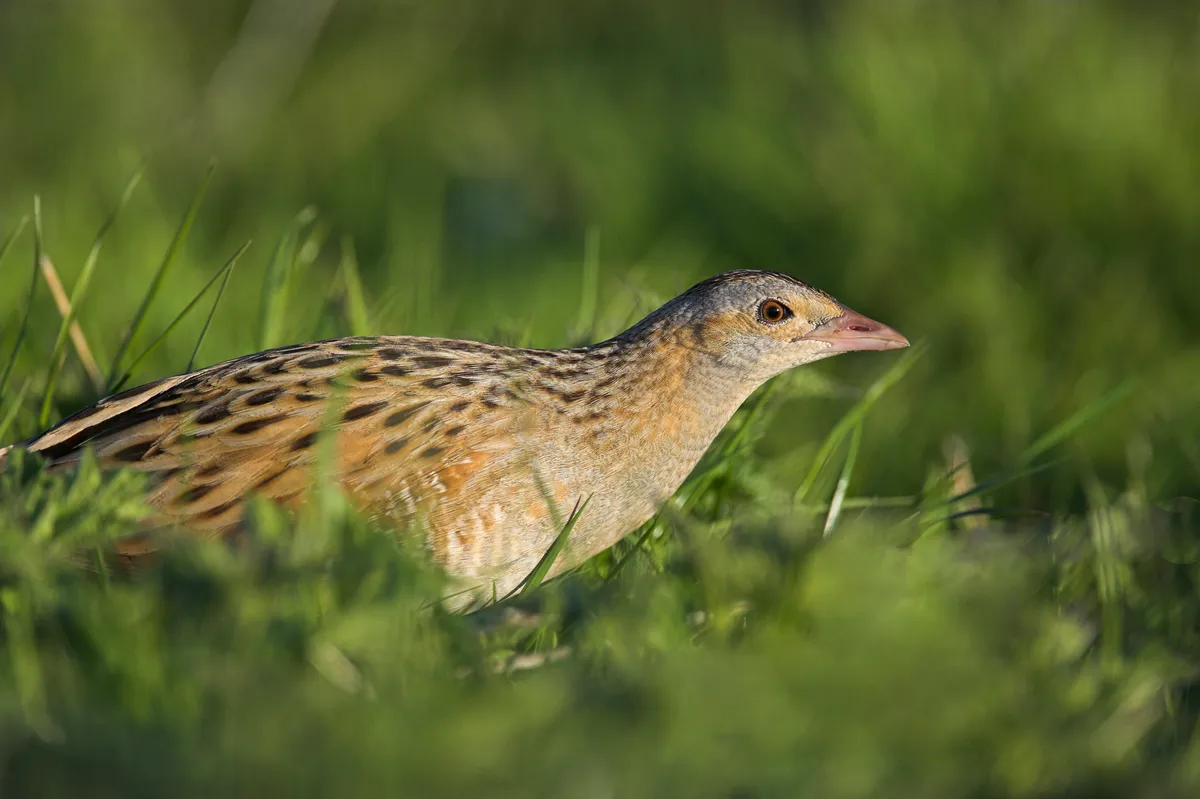
I feel a lot of affinity with the corncrake, the endangered bird it was my job to locate when I worked for the RSPB for two summers. As I was travelling around the islands at night listening out for their calls, it was as if their struggle to avoid extinction in the UK became linked to my determination to stay sober.
My favourite experience in the great outdoors was probably when the Polar Bear Club went to a tiny island called Copinsay, which once had a few residents but is now uninhabited and managed for wildlife. After a day of secluded swimming, on the way back, our small boat was surrounded by a pod of porpoises and we cut the engine and watched them for a while – magic.
The worst thing I’ve experienced is seeing the amount of plastic washed up on the beach, as well as the decline of species in my own lifetime. The seabird colonies in Orkney of guillemots, razorbills and kittiwakes on cliffs like Marwick Head – which are still huge and impressive – have declined by almost half since the 80s.
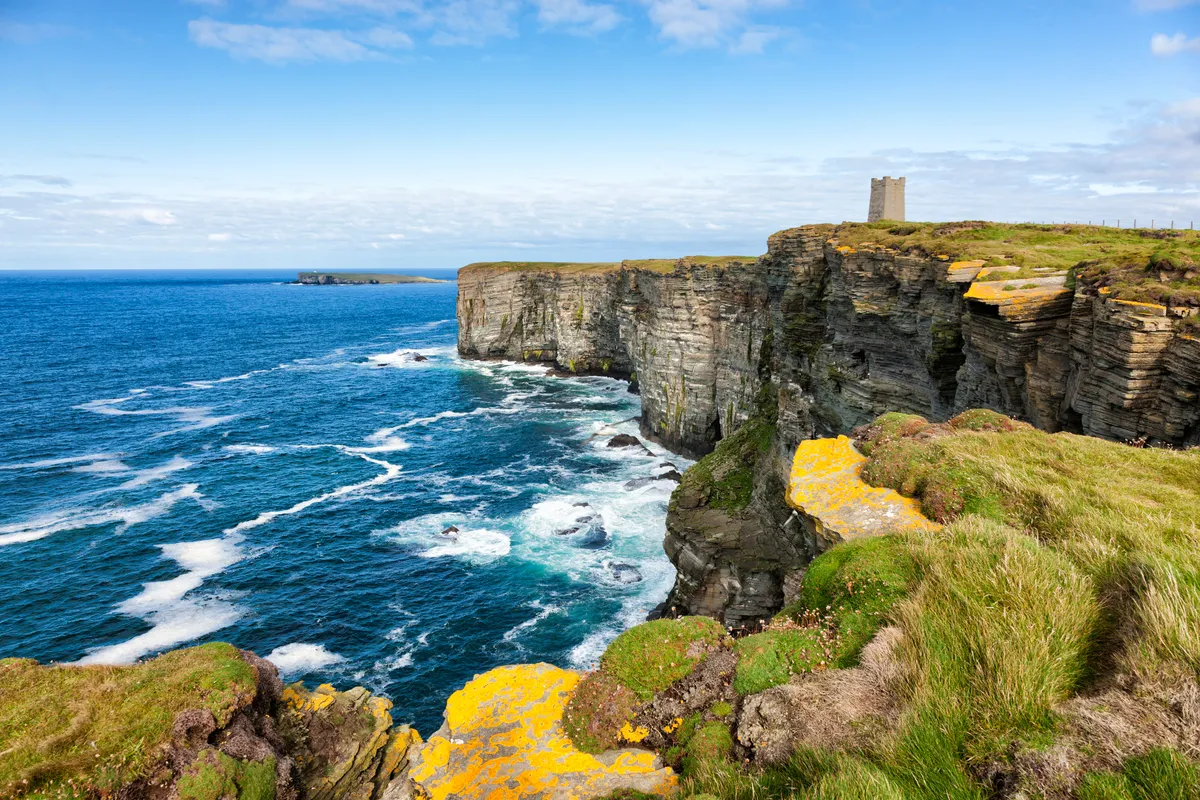
I have a sperm whale’s tooth that my Dad got for me from the carcass of a juvenile whale that had sadly washed up on the beach in Orkney. It reminds me that, although we don’t see them often, these magnificent beasts exist out there, not so far away.
The most beautiful natural sight I have seen in Britain are puffins returning to the cliff at the Castle O’Burrian sea stack on the Orkney island of Westray, during a pink dusk one May.
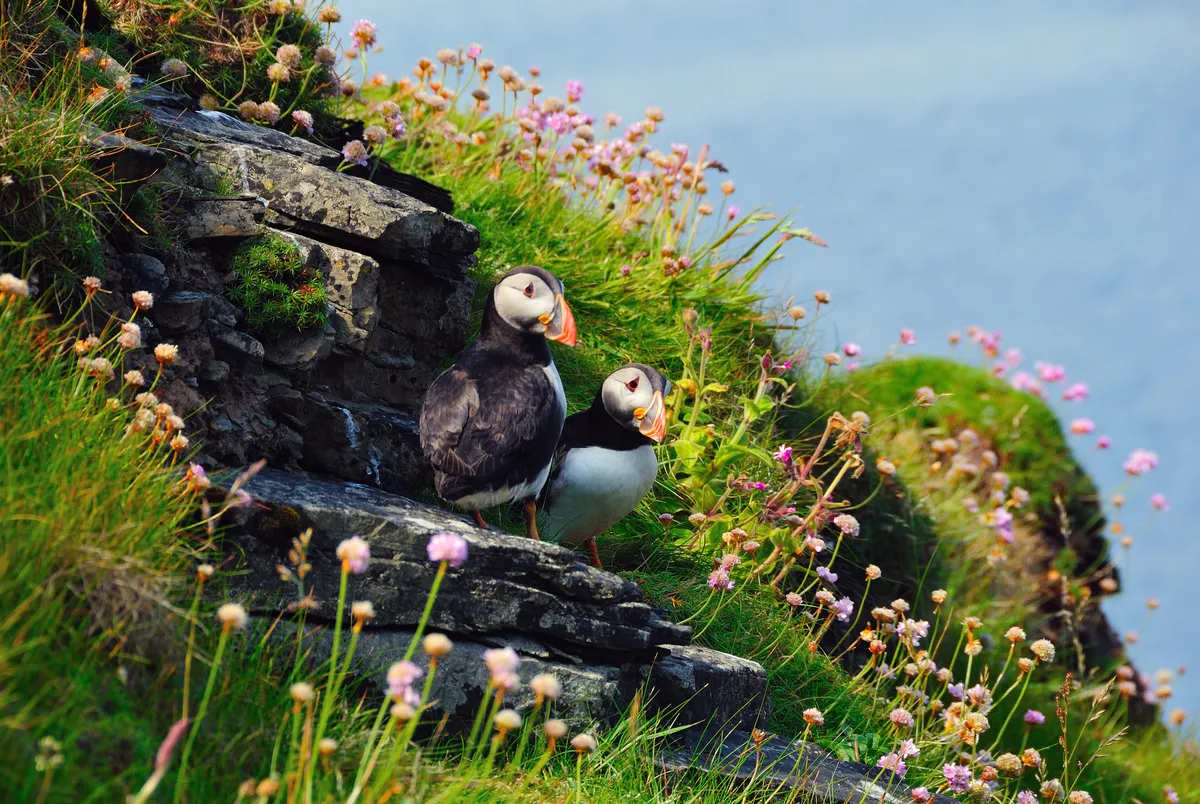
As for whether it should be cream or jam first on a scone – jam, obviously, preferably eaten after a quick dip in the sea. Everything tastes better after a swim.
The Outrun by Amy Liptrot is published by Canongate.
